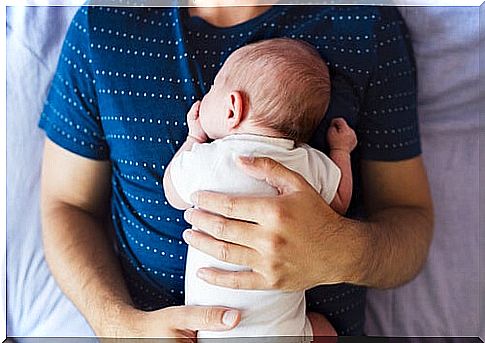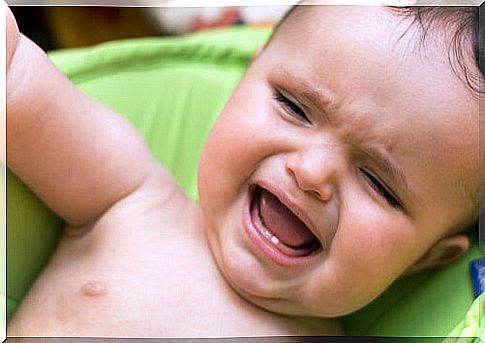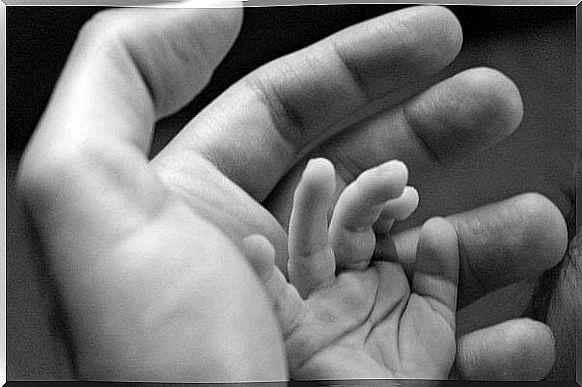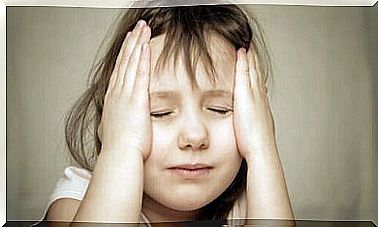How To Identify And Respect A Child’s Temperament

Maya Angelou once said the wise words: “If I leave a monument in this world, it is my son.” Beautifully and accurately expressed, but if the truth is to be told, we often tear our hair out in despair over our children. Maybe because they are rude, but just as easily because we can see them as listless. In fact, a child’s temperament is determined from birth, and this is something we simply have to accept.
We must be aware that the child’s temperament is something that is noticeable early in development. Upbringing and social environment have a certain significance for the design of this temperament. But the child’s personality is largely determined by the temperament he or she was born with. That’s what followed from the mysterious gene pool.
A child’s temperament
It is very important that you become aware of your child’s temperament early on. This information is i.a. valuable to make his learning more effective already as a baby. In fact, we may very soon get an idea of how our child will develop in the future. Comments such as: “He will be a genius when he grows up” or “How calm he is!” easily becomes self-fulfilling prophecies. Although such traits can to some extent be changed and developed, some attributes are quite tenacious.
From a scientific point of view, children can be divided into three distinct groups depending on temperament. On the one hand, there are ” light children “. At the other end of the spectrum, people talk about ” difficult children” and in the third group, those who are classified as “indifferent” end up . Below we will describe what distinguishes the three temperament types.

Children can also be considered “light” even if they are sometimes “indifferent”, or considered “indifferent” because they can be very easy to deal with. This is not a comprehensive classification, but rather a guide to understanding the child and learning to deal with her in a way that suits her temperament.
Children with a light temperament
According to some studies , 40% of all infants have a “mild” temperament. This means that they are easy to raise, that they usually have no mood problems and that they have no difficulty in building healthy habits.
The children in this group adapt quickly to change and learn early on to do as they have been told. They are often cheerful in their dealings with both strangers and acquaintances. They have a temperament that probably all parents would wish their children had.
Children with severe temperament
Children with severe temperament make up 10% of all infants. Raising children of this type is very demanding and patient, and these children are skilled at constantly testing their parents’ boundaries.
As a rule, these children are very irritable and have difficulty creating healthy habits. To soften their attitude, one therefore needs to exercise clear boundaries, good pedagogy and loving leadership. This type of child often feels insecure and unloved, which can make them distrustful.
“A newborn baby is a blank check for the human race”
-Barbara Christine Seifert-

Children who are indifferent to temperament
A third type of temperament is children who can be classified as indifferent. It represents 15% of all infants who are distinguished by being extremely carefree. They seldom complain about anything and can easily adapt to new situations.
In fact, one can discern a certain indifference to external stimuli in infants in this category. It is not normally something you need to worry about. Children with this temperament usually do not attach much importance to the world around them. They perceive the outside world as predictable and banal, at least compared to other children of the same age.
However, this indifference should not be seen as a sign that they like what is happening in their vicinity, but rather that they adapt to it.
These infants and older children all deserve to be treated with the same respect. We should try to curb the aspects that can be problematic for the child’s temperament and encourage those that are more positive. Therefore, it is important that we understand our children’s temperaments so that we can facilitate their learning.
Children who are very active learn e.g. best if they can try out before we start reprimanding them. Calmer children, on the other hand, can be guided both before and after they try something new.
The remaining 35% of children
Finally, we have the remaining 35% of children whose behavior patterns do not fit into any of the three main groups. One can say that these are personalities of mixed type. This means that they exhibit characteristics from all different groups to different extents.
A child who normally behaves calmly can, under certain circumstances, behave like children who are difficult or indifferent to temperament. The agreement with the groups is never one hundred percent, but the overall behavioral pattern of most children falls into one of the three categories.
“You carry a child within you for nine months, in your arms for three years and in your heart until you die.”
-Mary Mason-
After this presentation, can you say which type of temperament best describes your child? This presentation is very rudimentary, but it can serve as a simple guide. It is important that we understand our child so that we can best help it in its development, regardless of how the child’s temperament looks.










